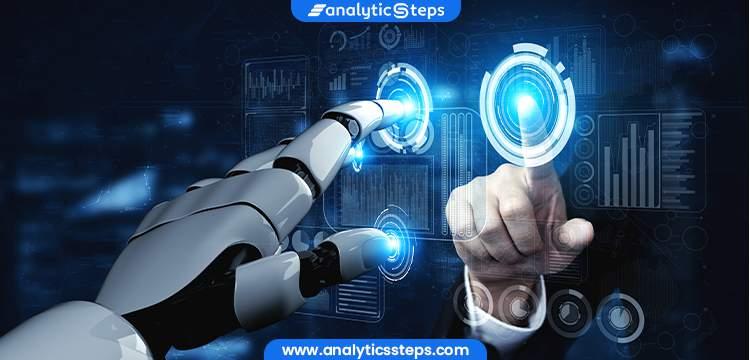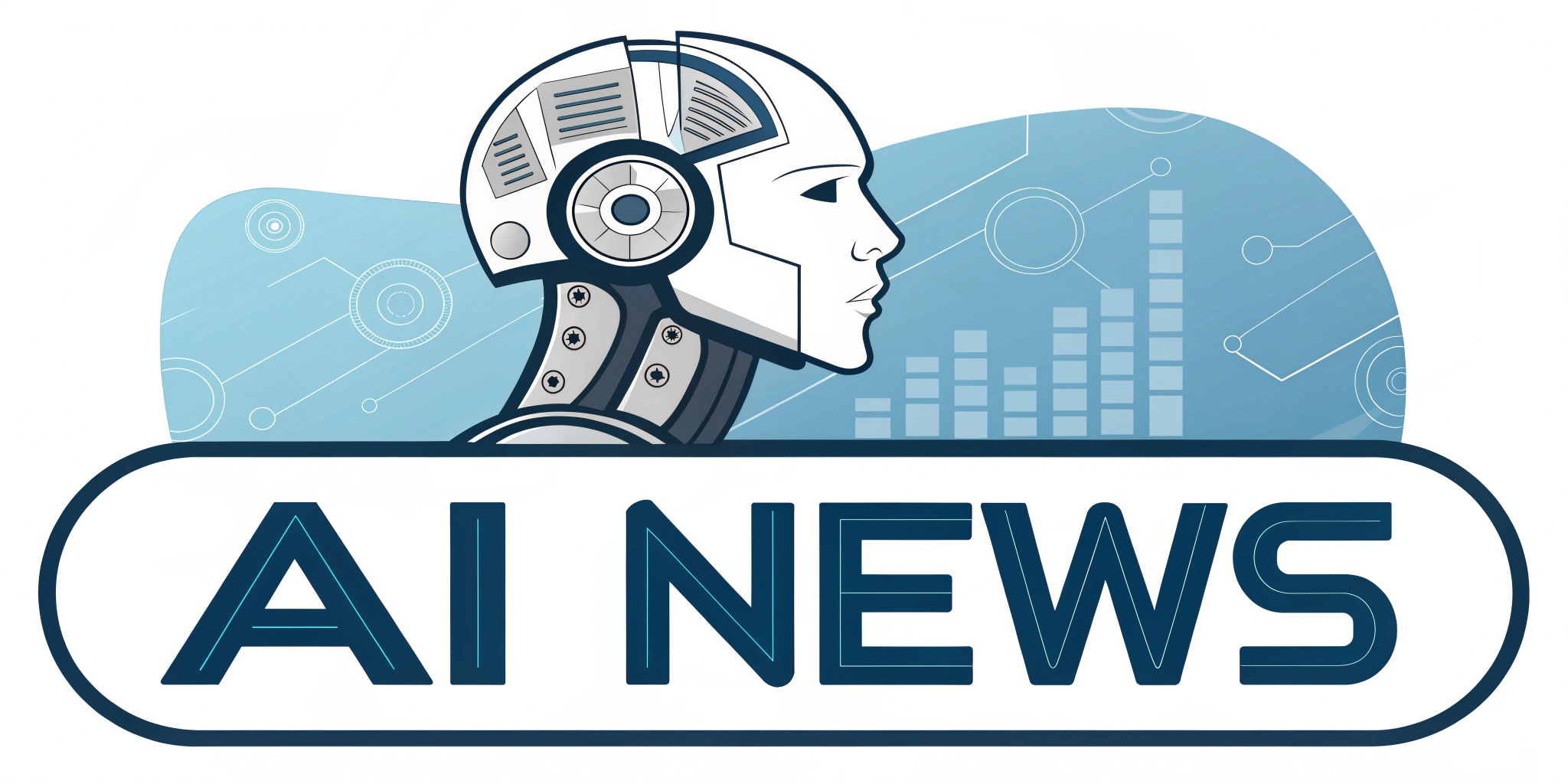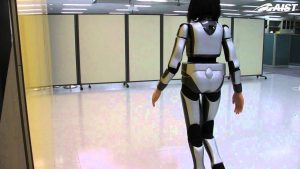In a rapidly evolving landscape of robotics, a relatively new player has begun to capture significant attention with its groundbreaking advancements in humanoid technology.Founded in October 2023 by visionary entrepreneur Zha Tongyang, Engine AI has quickly risen through the ranks to establish itself as a formidable force in the industry. The company’s recent launch of the SA1 bipedal robot in July 2024, followed by the unveiling of the full-size general-purpose humanoid robot SEO1 in October, has sent ripples through the world of robotics. Unlike many of its predecessors, Engine AI has tackled one of the most elusive challenges in robotics: achieving a human-like gait. This milestone is particularly noteworthy, considering that prominent companies like Boston Dynamics have long dominated this space. Engine AI’s robots not only demonstrate fluid, human-like movement but have also astounded viewers worldwide, spawning skepticism regarding their authenticity.As the robotics sector continues to transform, Engine AI stands poised to redefine what’s possible in embodied intelligence, breaking down barriers and challenging perceptions in a field that many previously thought insurmountable.
The Emergence of Engine AI as a Leader in Humanoid Robotics
Engine AI’s innovative approach stems from its commitment to leveraging advanced machine learning algorithms that allow for superior adaptability and responsiveness in humanoid robots. The company has emphasized the importance of real-time environmental interaction, enabling its robots to perceive and react to complex surroundings seamlessly. This capability is supported by a combination of sophisticated sensors and a robust artificial intelligence framework, allowing Engine AI’s robots to deliver unprecedented performance in dynamic settings. Observers have noted several key features that set Engine AI apart:
- Adaptive Learning: Robots can learn from their experiences,improving their performance over time.
- Enhanced Motor Control: A focus on precision biomechanics that mimics human musculature.
- Multitasking Versatility: Ability to perform a range of functions, from basic tasks to complex problem-solving.
This inventive spirit is further exemplified by the company’s unique focus on user-friendly interfaces, designed to allow operators with minimal technical expertise to engage with humanoid robots effectively. By integrating intuitive controls and feedback systems, Engine AI has positioned its technologies not just as advanced machinery, but as tools for collaboration across various industries. As China continues to invest heavily in the automation landscape, the rise of Engine AI signals a shift in how advanced robotics can influence sectors such as healthcare, service, and manufacturing, possibly transforming the workforce’s future.
Revolutionizing Human-Like Motion: The Breakthroughs of SA1 and SEO1
The introduction of the SA1 and SEO1 robots marks a significant leap in the field of humanoid robotics, showcasing not just mechanical precision but remarkable fluidity in movement. Engine AI has ingeniously synthesized biomechanics with cutting-edge algorithms,allowing these robots to replicate complex human motions,such as running,jumping,and climbing stairs. This achievement is underpinned by an intricate network of sensors that facilitate real-time feedback and adjustments, ensuring their movements appear not only realistic but also natural. Key advancements contributing to this performance include:
- Dynamic Balance Systems: Essential for maintaining stability during diverse physical activities.
- Realistic Motion Simulation: Mimicking human kinematics for more lifelike interactions.
- Rapid Learning Mechanisms: Enabling robots to adapt to new physical environments through experience.
Moreover, Engine AI’s commitment to innovation extends beyond physical capabilities. The integration of AI-driven decision-making processes allows these robots to assess their surroundings and make informed choices swiftly. Such a feature is especially beneficial in unpredictable settings, greatly enhancing their operational utility. By focusing on user-friendly programming interfaces, Engine AI empowers a wide range of industries to incorporate these advanced robots into their workflows.As these intelligent machines become commonplace, they are set not only to augment human effort but to redefine the boundaries of what we consider achievable through robotics.
Public Skepticism and the Impact of Realistic Robotics on Perception
Despite the remarkable strides in realistic robotics,public perception remains a battleground of skepticism and enthusiasm. Many individuals grapple with the notion of living and working alongside machines that exhibit human-like attributes.This apprehension is often fueled by concerns over job displacement,ethical implications,and questions surrounding autonomy.The enhancements in Engine AI’s humanoid robots,particularly their lifelike movements and interactions,have sparked debates among various stakeholders,including businesses,policymakers,and the general populace. Some critics argue that the advancement in robotics could lead to a societal rift,where reliance on machines alters traditional roles and relationships across communities. Moreover, the blending of AI and robotics challenges viewers to discern between genuine human interaction and programmed responses, complicating emotional connections to these technologies.
Furthermore, as these sophisticated robots become a normalized part of everyday environments, their impact on public trust and acceptance cannot be understated. The fear of the unknown often leads to a defensive skepticism regarding innovations that promise to integrate seamlessly into human tasks. Several ongoing concerns regarding safety, reliability, and ethical usage bring forth vital questions, such as:
- How can safety measures be ensured as robots become more autonomous?
- What guidelines should govern human-robot interactions?
- In what ways do we evaluate the ethical implications of robotics in sensitive sectors like healthcare?
Addressing these concerns through open dialog and transparent practices will be crucial in reshaping public perception and fostering a more informed acceptance of the technological landscape emerging from companies like Engine AI.
Recommendations for Future Robotics Innovation and Market Strategy
To sustain momentum in robotics innovation, businesses should prioritize cross-disciplinary collaboration, uniting experts in AI, engineering, and ethics to unlock new realms of possibility. Such partnerships can expedite innovation cycles and foster thorough solutions that address real-world needs. Companies should also seek to introduce public engagement initiatives, allowing communities to interact with robotic technologies firsthand, thereby demystifying advancements and building trust. This proactive approach not only educates but also invites consumer insights,potentially guiding product progress in a more user-centric direction.
In light of rapidly evolving market demands, firms must embrace adaptive marketing strategies that reflect changing consumer preferences and technological landscapes. Engaging in market analysis and considering regional differences in technology adoption will be key to positioning products effectively.Robotic solutions tailored for specific sectors, such as healthcare and logistics, should be highlighted to address targeted customer needs. Additionally, leveraging digital platforms for showcasing real-time demonstrations can captivate audiences and enhance visibility. Companies that prioritize these strategies will not only navigate the competitive landscape effectively but also pave the way for a more integrated and innovative future in robotics.























